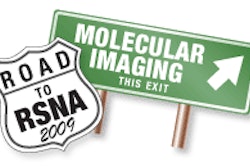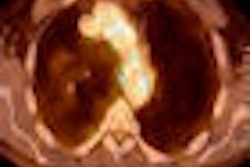Friday, December 4 | 11:20 a.m.-11:30 a.m. | SST14-06 | Room S403B
In this Friday scientific session presentation, researchers at the University of California, San Francisco (UCSF) will discuss their work on what they call full-field digital molecular mammography (FFDMM), which they hope could be used in conjunction with conventional mammography to characterize malignant from benign tissue.The technology uses the bone densitometry technologies of dual-energy x-ray absorptiometry (DEXA) and single-energy x-ray absorptiometry (SEXA) to separate and visualize the thicknesses of water, lipids, and protein in clinical mammograms.
"We came upon the idea about two years ago that we could combine the two techniques and solve for three unknowns quantitatively in a mammogram," said John Shepherd, Ph.D., senior author and assistant professor in residence in UCSF's department of radiology and bioimaging.
The researchers designed phantoms with tissuelike properties as reference standards for calibration purposes to test the FFDMM system. The unit's calibration accuracy was 0.4% for water and lipid and 0.6% for protein. FFDMM also was "very sensitive" to spatial nonuniformities in the mammography system and was a limiting factor in accuracy.
"The idea is that we would be an add-on protocol to standard full-field digital mammography systems," Shepherd said. "The machine would be reconfigured slightly with the additional scan object for thickness and the addition of a filter that goes into the beam for the high-energy image."
The researchers currently are recruiting women for an investigational study at UCSF, and they hope to present more findings at RSNA 2010.




















